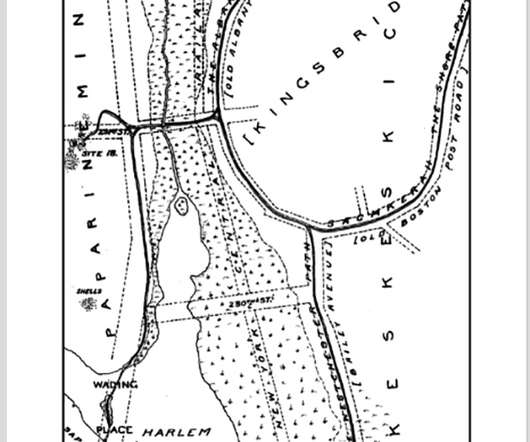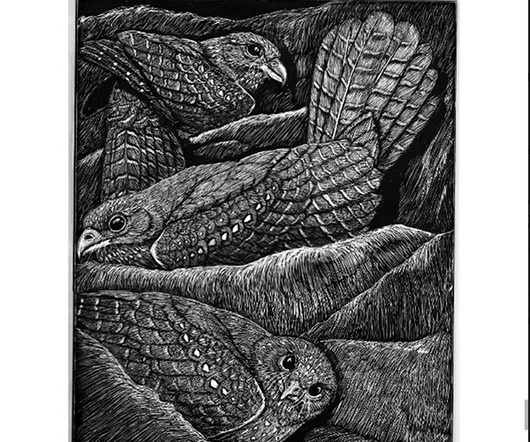Urban Ornithology: 150 Years of Birds in New York City–A Book Review
10,000 Birds
JANUARY 7, 2020
Everyone is looking back on their best birds of 2019, so I thought it would be a good idea to look at a book that looks back a little further: Urban Ornithology: 150 Years of Birds in New York City , by P. Natural areas include Pelham Bay Park, Van Cortlandt Park, Woodlawn Cemetery, New York Botanical Garden, and the Bronx Zoo.
















Let's personalize your content